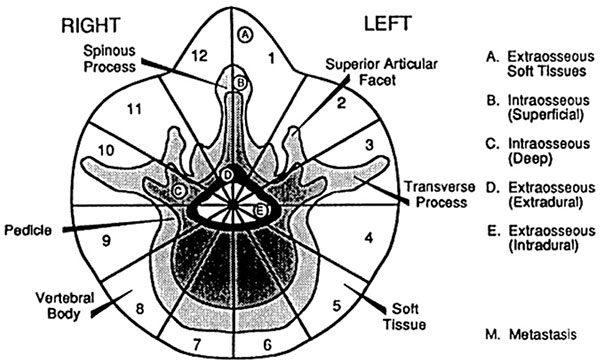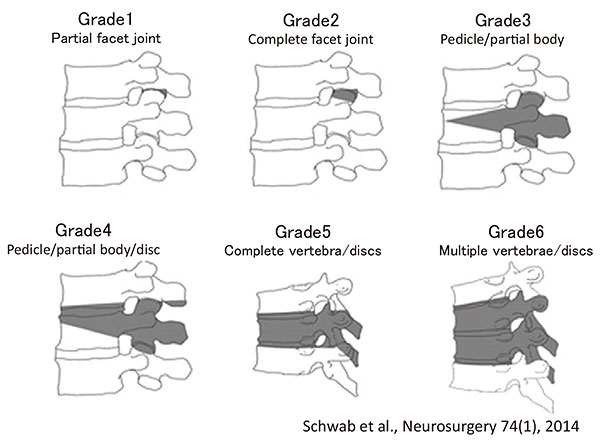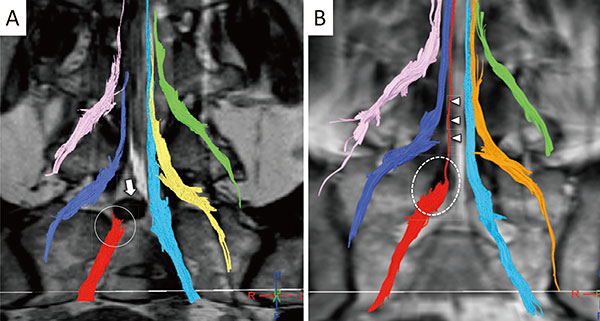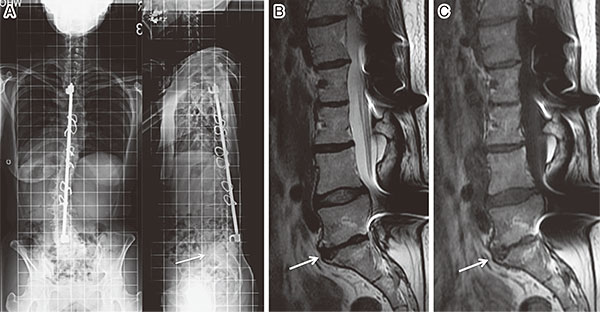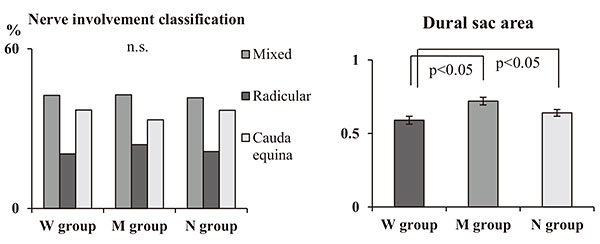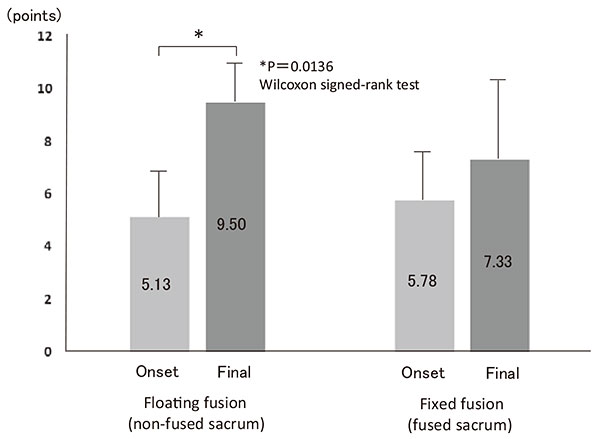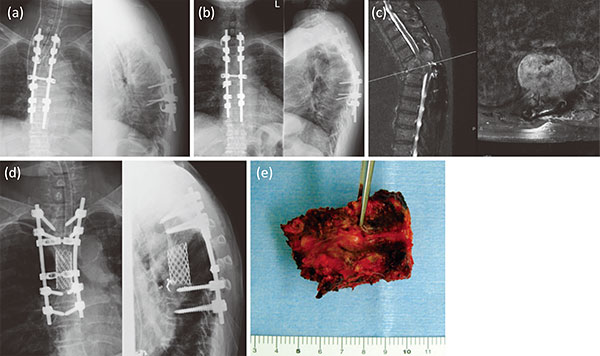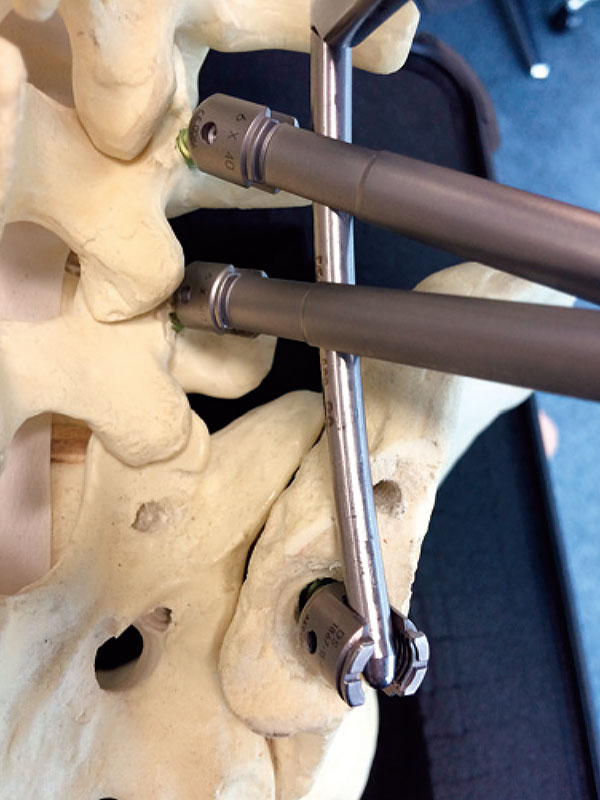Volume 1, Issue 2
Displaying 1-9 of 9 articles from this issue
- |<
- <
- 1
- >
- >|
REVIEW ARTICLE
-
2017Volume 1Issue 2 Pages 44-55
Published: April 20, 2017
Released on J-STAGE: December 20, 2017
Download PDF (575K) -
2017Volume 1Issue 2 Pages 56-60
Published: April 20, 2017
Released on J-STAGE: December 20, 2017
Download PDF (476K) -
2017Volume 1Issue 2 Pages 61-71
Published: April 20, 2017
Released on J-STAGE: December 20, 2017
Download PDF (1533K)
ORIGINAL ARTICLE
-
2017Volume 1Issue 2 Pages 72-77
Published: April 20, 2017
Released on J-STAGE: December 20, 2017
Download PDF (202K) -
2017Volume 1Issue 2 Pages 78-81
Published: April 20, 2017
Released on J-STAGE: December 20, 2017
Download PDF (59K) -
2017Volume 1Issue 2 Pages 82-89
Published: April 20, 2017
Released on J-STAGE: December 20, 2017
Download PDF (112K) -
2017Volume 1Issue 2 Pages 90-95
Published: April 20, 2017
Released on J-STAGE: December 20, 2017
Download PDF (133K) -
2017Volume 1Issue 2 Pages 96-99
Published: April 20, 2017
Released on J-STAGE: December 20, 2017
Download PDF (260K)
CASE REPORT
-
2017Volume 1Issue 2 Pages 100-106
Published: April 20, 2017
Released on J-STAGE: December 20, 2017
Download PDF (956K)
- |<
- <
- 1
- >
- >|

